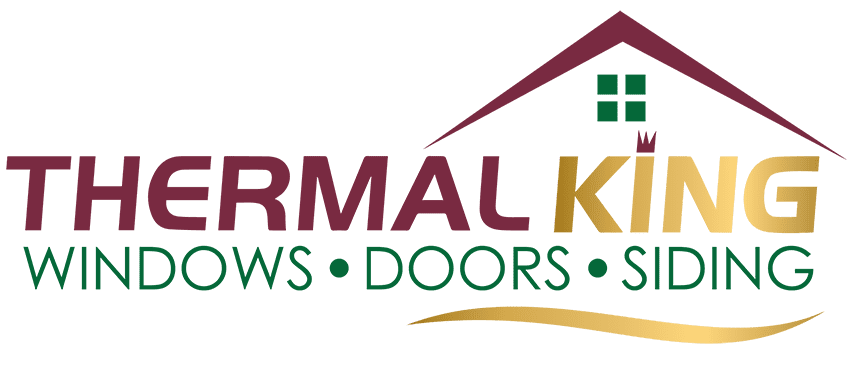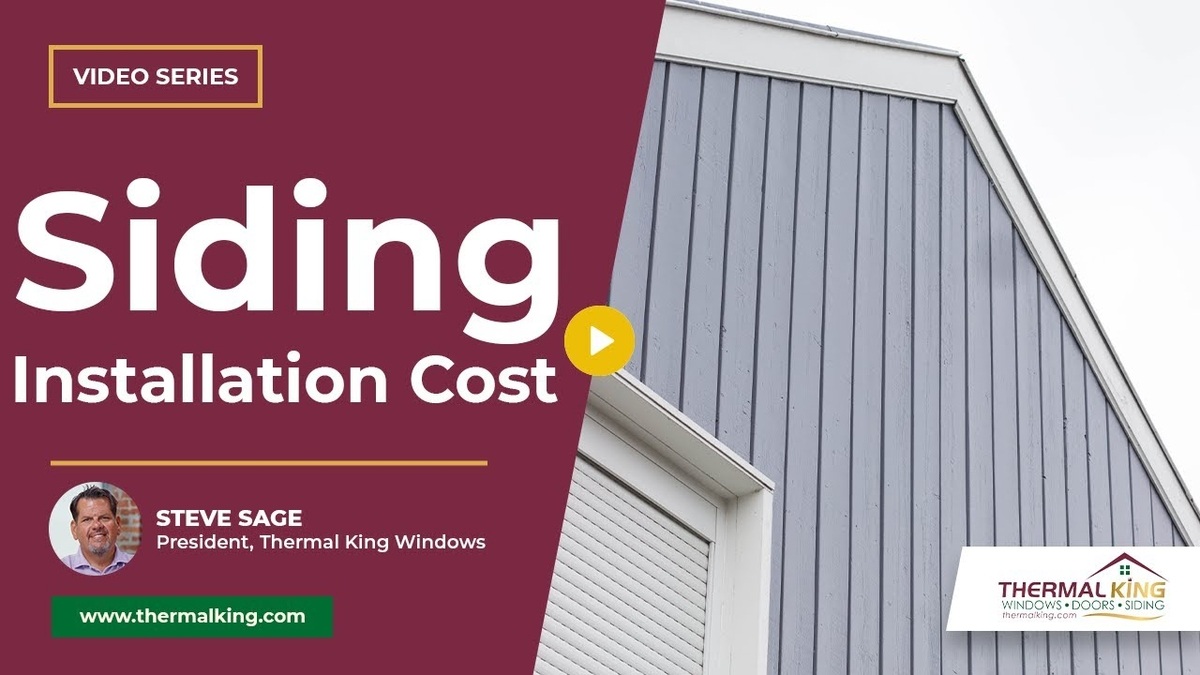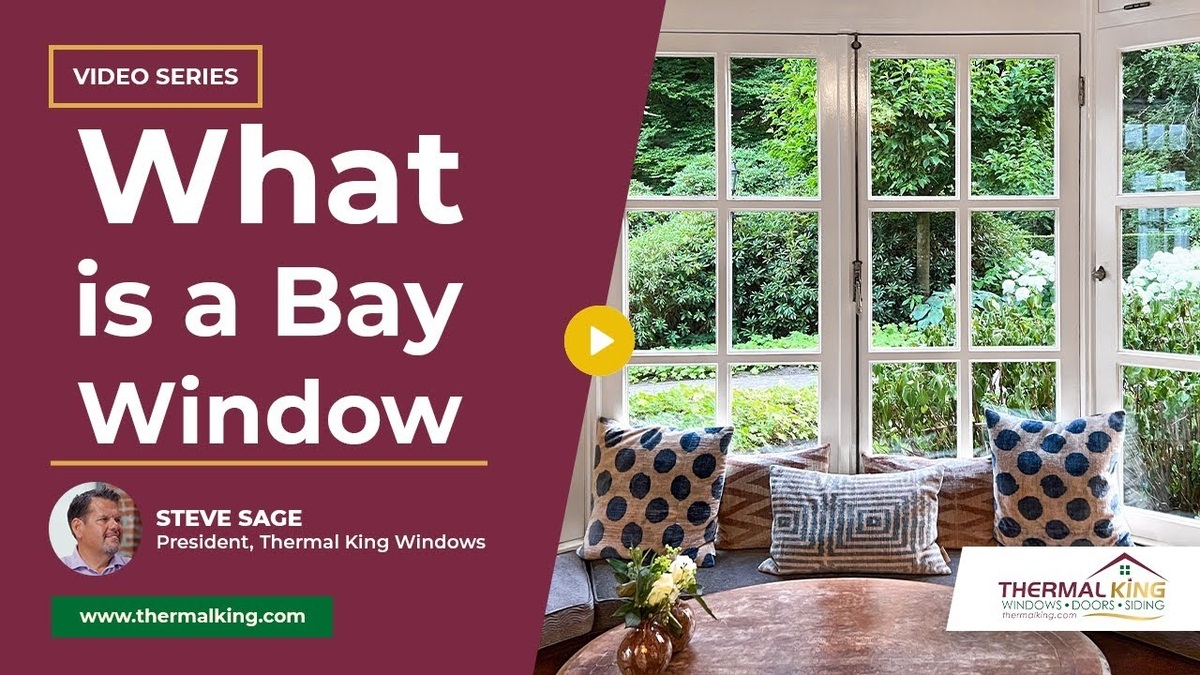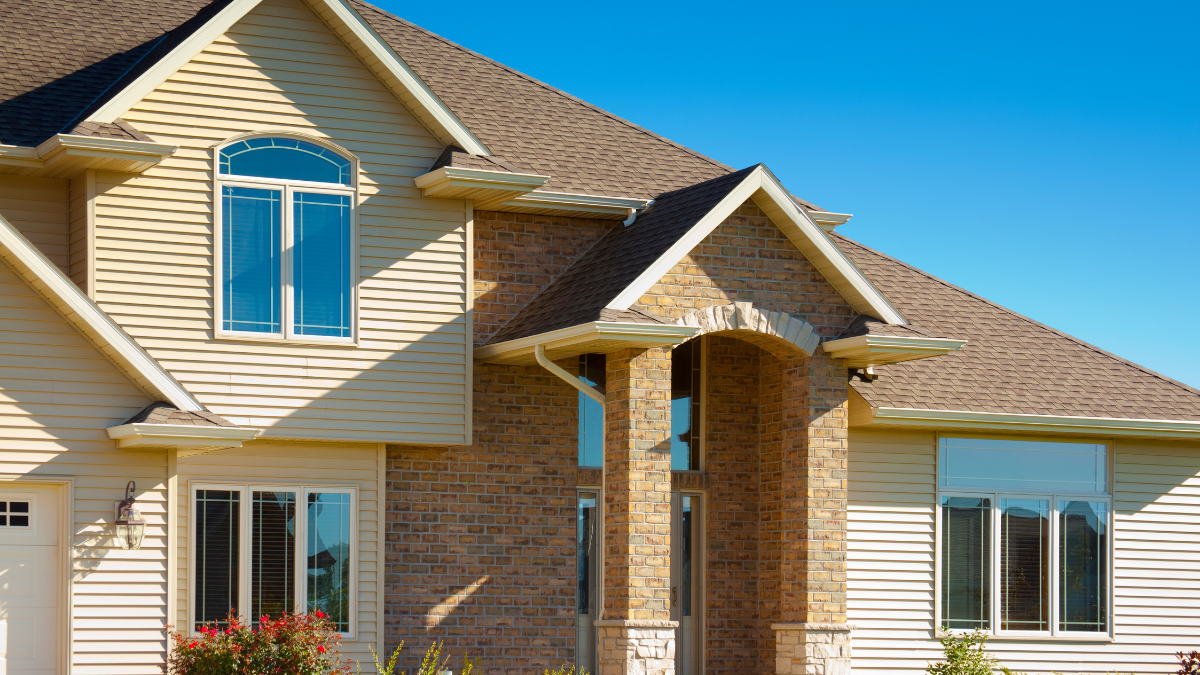When we talk with homeowners about window upgrades, tinted windows are often part of the conversation, especially when comfort, privacy, or energy efficiency is a priority. While most windows today include built-in energy-saving features, there are additional tint options that affect appearance, comfort, and performance. In this blog, we’ll walk through the pros and cons of different tint types to help you understand what’s standard, what’s optional, and what makes the most sense for your home.
What is Window Tint and Why is It Standard?
Every Window Comes Tinted
One of the most common questions we get is, “Do your windows come with tint?” The answer is yes — every window we sell comes with Low E tint, which is a heat-reflective coating built into the window. And that’s not just our standard. It’s part of the building code in roughly 90% of U.S. municipalities. That means almost every professionally installed window today comes with some level of Low E tint for energy efficiency.
What exactly is Low E Tint?
Low E (low emissivity) tint is not just cosmetic. It’s applied to one side of the glass and works by reflecting heat away from the home, keeping indoor spaces cooler in summer and warmer in winter. Unlike darker or colored tints, Low E tint has minimal impact on light — so your home still gets plenty of natural brightness while improving comfort.
Other Types of Window Tints
There are many other types of tints available, and it’s important to understand their purpose.
1. Optical Tints
Tints like gray, green, black, or mirrored are mainly for light control, not heat reduction. These are optical tints designed to cut down on glare or alter appearance. While you can layer them on top of Low E tint, they don’t significantly improve efficiency. They’re more about visibility and light filtration.
2. Mirror Tints
A mirror tint can reflect both light and heat, which seems like a great idea — but it comes with major risks when applied incorrectly. We’ve seen homes with aftermarket mirror tint applied on the inside of the glass. This setup reflects heat back into the windowpane, making the glass so hot it can expand and crack. That’s why we don’t offer interior mirror tint at Thermal King. It’s simply not worth the risk.
The Pros of Tinted House Windows
Here’s what you can expect when using standard Low E tint or certain additional tints, depending on your goals:
- Energy Efficiency: Low E tint is built to reduce heat transfer, which helps your HVAC system run more efficiently. This can lead to lower energy bills over time.
- UV Protection: All tints — especially Low E — can help block harmful UV rays that fade furniture, flooring, and fabrics.
- Comfort: Less heat from the sun means a more consistent indoor temperature year-round.
- Light Control: While Low E doesn’t reduce light much, additional optical tints can help control glare in bright rooms or media spaces.
- Appearance: Some people prefer the sleek or shaded look of certain tints, especially when trying to reduce visibility from the outside.
The Cons of Tinted House Windows
While standard Low E is nearly all upside, additional or aftermarket tints can present challenges.
- Cracked Glass from Mirror Tint: We’ve seen it firsthand: interior mirror tint can reflect heat back into the glass so aggressively that it causes thermal expansion and cracking. It’s one of the biggest risks with aftermarket tinting.
- Extra Tints Don’t Boost Efficiency: If you’re layering on an optical tint expecting energy savings, you may be disappointed. These tints mostly impact light levels, not heat transfer.
- HOA Restrictions: There aren’t any known legal restrictions on tints from a building code perspective — aside from the requirement for Low E in most places. But many HOAs have their own rules about window appearance. Some neighborhoods require every home to use the same window color (like sandstone), or disallow certain tint styles. We always check for that when working with homeowners.
Working With HOAs and Matching Neighborhood Aesthetics
We don’t want you to run into issues with your HOA or neighbors. When we visit your home, we pay attention to the style of every other window on your street. If the whole neighborhood has sandstone-colored windows, we won’t recommend installing bright white ones. And most of the time, homeowners already know their HOA restrictions before we even arrive.
We make it easy. We’ll work with your HOA to make sure your new windows stay compliant and attractive — saving everyone headaches down the line.
In Summary
Tinted house windows offer great benefits when done right — especially with Low E tints that reflect heat and improve efficiency. Just be aware that not all tints are the same, and some can even cause problems if applied incorrectly. If your home is part of an HOA, we’ll make sure everything we install is approved and consistent with the rest of the neighborhood.
If you’re thinking about new windows and want expert advice you can trust, contact us today to get started.



